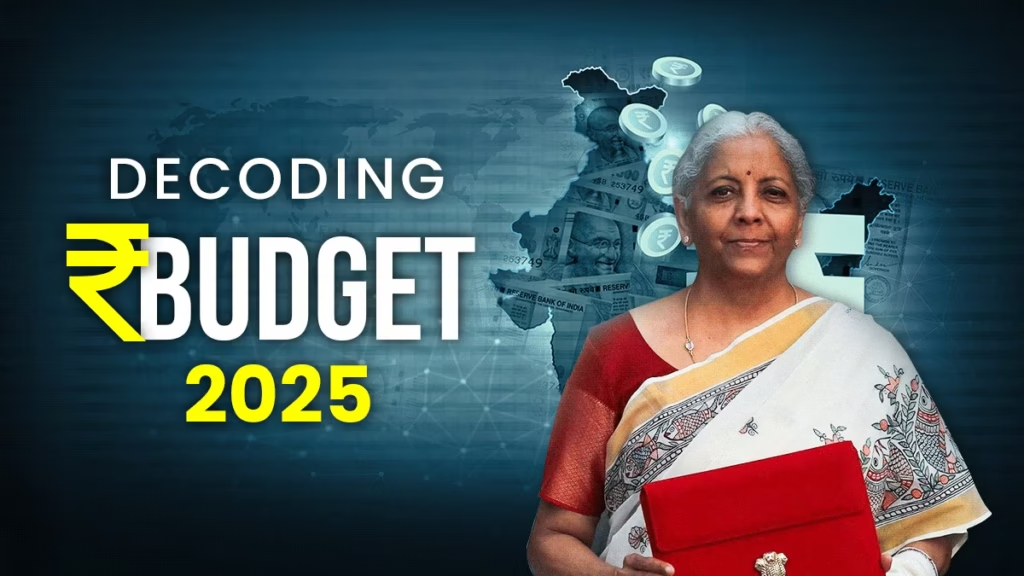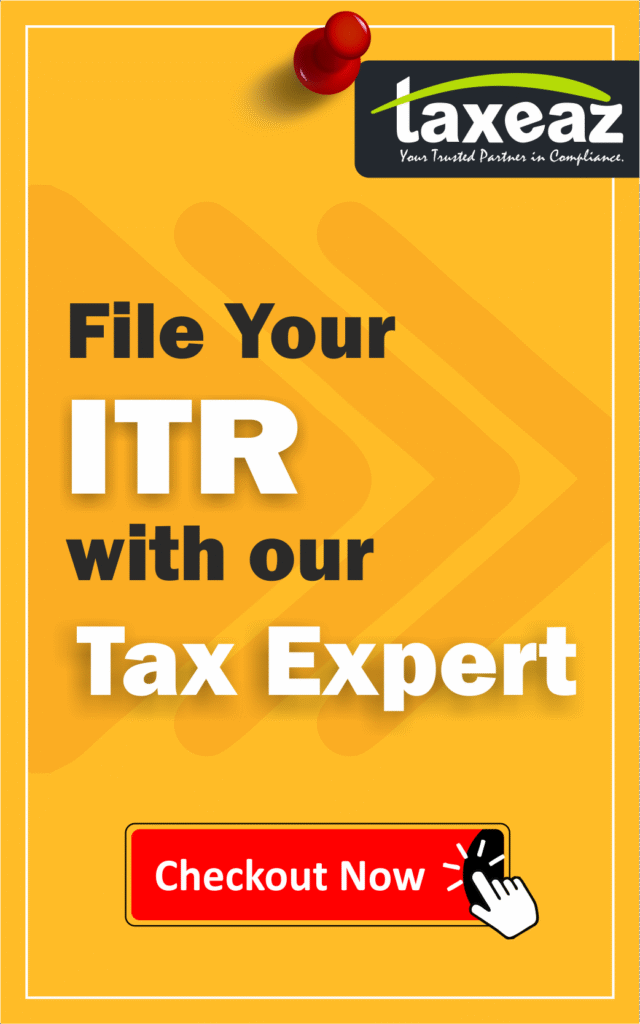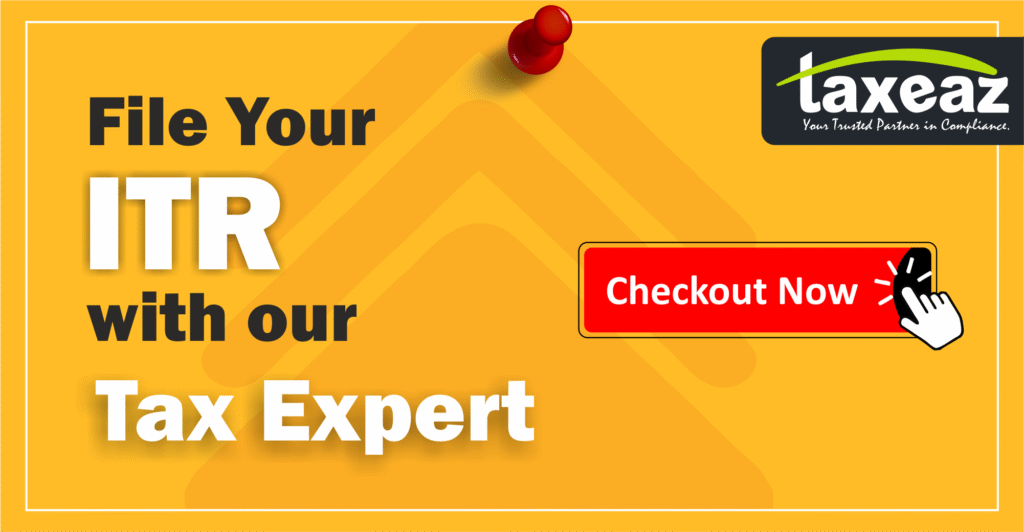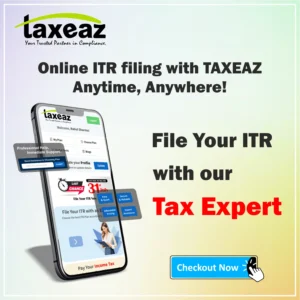
In the Union Budget 2025, Finance Minister Nirmala Sitharaman unveiled significant changes to India’s income tax structure, effective from April 1, 2025, for the financial year 2025-26 (assessment year 2026-27). These reforms aim to simplify the tax system and provide relief across various income brackets.
Key Highlights of the Revised Income Tax Structure:
Revised Income Tax Slabs under the New Tax Regime:
- Income up to ₹4,00,000: No tax
- ₹4,00,001 to ₹8,00,000: 5%
- ₹8,00,001 to ₹12,00,000: 10%
- ₹12,00,001 to ₹16,00,000: 15%
- ₹16,00,001 to ₹20,00,000: 20%
- ₹20,00,001 to ₹24,00,000: 25%
- Above ₹24,00,000: 30%
Enhanced Tax Rebate under Section 87A:
The rebate has been increased to ₹60,000, ensuring that individuals with a net taxable income up to ₹12,00,000 are exempt from paying income tax. This is a substantial rise from the previous rebate limit of ₹25,000 for incomes up to ₹7,00,000, offering significant benefits to lower and middle-income taxpayers.
Standard Deduction for Salaried Individuals:
The standard deduction remains at ₹75,000, and the employer’s contribution of 14% of the basic salary to the National Pension System (NPS) Tier-I account continues to be deductible.
Surcharge Rates:
The surcharge rates on income tax liability remain unchanged for FY 2025-26, providing stability for high-income earners without additional tax burdens beyond the standard slab rates.
Old Tax Regime Deductions:
While the old tax regime remains largely unaltered, an additional deduction under Section 80CCD (1B) has been introduced for parents investing in NPS Vatsalya for their children. This allows an extra investment of up to ₹50,000, over and above the ₹1,50,000 limit under Section 80C, to qualify for tax benefits.
Comparison Between Old and New Tax Regimes:
The primary difference between the old and new tax regimes continues to be the availability of deductions and exemptions. The new regime offers lower tax rates but does not permit popular deductions such as Section 80C (₹1,50,000 for specified investments), Section 80D (₹25,000/₹50,000 for health insurance premiums), and Section 80TTA (₹10,000 deduction for savings account interest). Taxpayers should carefully assess which regime aligns best with their financial circumstances.
Age-Based Exemption Limits Under the Old Tax Regime:
- Individuals below 60 years: ₹2,50,000
- Senior citizens (60 to 79 years): ₹3,00,000
- Super senior citizens (80 years and above): ₹5,00,000
Taxpayers must actively choose the old regime when filing their income tax returns, as the new regime is the default option. Those without business income can switch between the two regimes annually, while taxpayers with business income have more restricted options for switching.
These comprehensive reforms aim to simplify the tax system, reduce the tax burden on individuals, and encourage compliance, thereby fostering a more transparent and efficient taxation environment in India.



